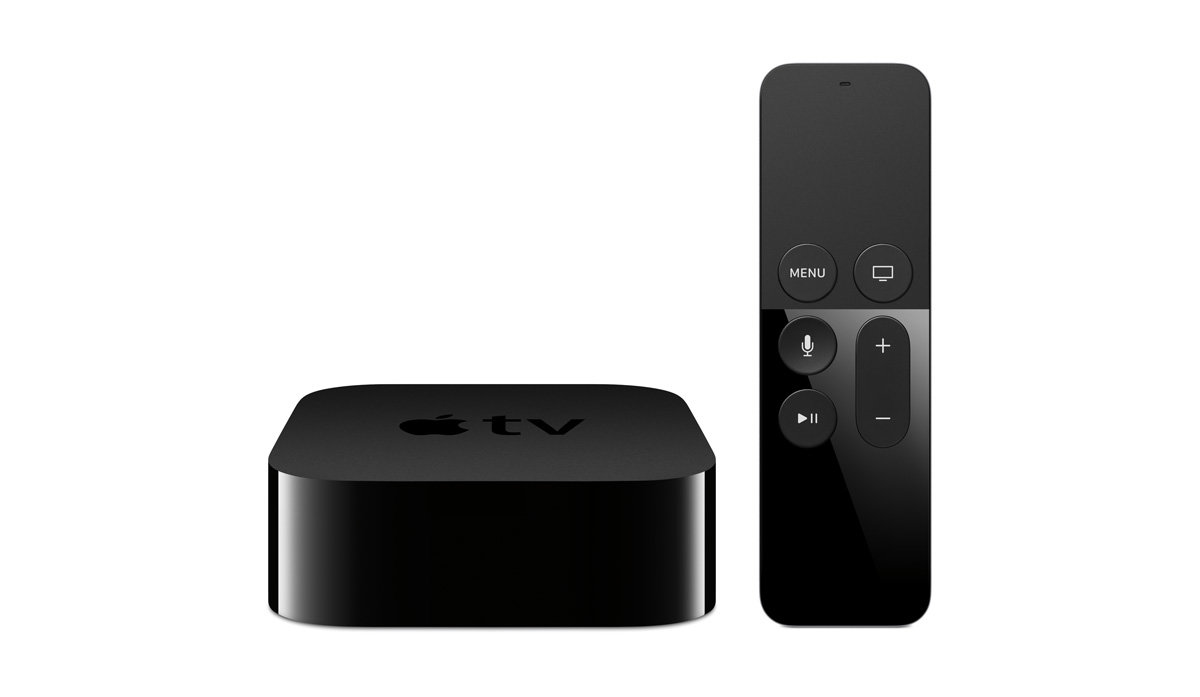Ready to tame your Inbox? Bend it to your will? Make it work for you, instead of against you?
Apple’s default email program, Mail, is a more robust piece of software than it often gets credit for. Yet its Inbox still tends to suck up its user’s life instead of simplifying it. If you’re ready to rock your Inbox, here are some incredibly easy ways to make it a cleaner, neater place.
Rules can be used to sort and filter your email in virtually any way you can imagine. Whether you need a way of keeping track of those emails that drop down out of sight, or you simply want to see certain emails as more important than others, Rules are crucial to maintaining a happy Inbox.
Inboxes can be unruly, with email from your grandma sitting cozy right next to that priority request from your boss. Mail lets you create as many Mailboxes (which is Apple’s way of saying “Mail Folders”) as you want, which function as places to store emails you want to keep indefinitely. I wear lots of different hats — from blogging here at AppleGazette to writing for ForeverGeek and lots more — so I use a different Mailbox for everything. I’m also a novelist, so I typically create a Mailbox for every book I write, so I can sort and store emails related to each one. Sometimes I run contests for different purposes, so I have a “Contest” Mailbox, where I can store all of the entries.
Creating a Mailbox is as easy as clicking on the “Mailbox” drop-down menu, and then clicking “New Mailbox.” Name it whatever you want (shorter titles work best), and you’re ready to go. You can manually move emails from your Inbox over to your new Mailbox, but why not have Mail do it for you?
The trick is to find something about your incoming emails that Mail can use to distinguish them from the rest. My newest novel is called Vigilante, which is not a word you see used frequently, so I could create a Rule to send all emails that contain the word “vigilante” to that Mailbox. Simple. But my last novel was called Nightmare, and that’s a much more common word, so I had to come up with a different kind of Rule for that one.
Fortunately, there are all sorts of ways you can narrow things down. Go to Mail > Preferences > Rules and let’s take a look at some of the ways you can filter incoming email.

“From” and “To” are probably the most commonly used means of filtering mail. After all, who the email comes from — particularly if it’s someone in your Address Book — is going to be a big clue as to what it’s about. Look down a little on the list and you’ll see “Account.” I use this one a lot, since I have multiple email addresses. I have different addresses for AppleGazette, ForeverGeek, and my personal stuff, so it’s a no-brainer to use my Rules to help separate email from these different addresses/accounts.
You can set up Rules based on senders that are in your Address Book vs. those that aren’t. You can filter based on a message’s priority setting (low, medium, high), or the date when it was sent or received. Or you could specify a word or text string located anywhere in the email, to filter.
Whatever condition you choose to base a Rule on — and there are many conditions — you’ll need to set an action for Mail to take when it comes across one of these emails you’ve described. The most common action is going to be the first one on the list: “Move Message.” That’s how you send it to live in a different Mailbox.

But what if you don’t want to store these emails? What if you want to do something else altogether, like set an automated response? There’s an option for that: “Reply to Message.” Say you get work emails that should be sent to someone in a different department. Just set “Forward Message” or “Redirect Message” to have those emails automatically go to the right person. (“Redirect” will ensure that your co-worker replies to the message’s original sender, not to you.)
One feature I often find useful is to have Mail alert me when an important mail comes through. For example, maybe I want to know immediately when an email arrives from my wife. I can use “Play Sound” (and select any sound file on my computer) or “Bounce Icon in Dock” to really grab my attention. I regularly get important emails from several different people that I don’t want to overlook amid the constant influx of email, but I don’t want my Mail icon bouncing away like mad all day long. A great option for this is “Set Color of Message.” It lets you assign a distinct color to the background or the text of emails in your Inbox list. There’s nothing like a good visual cue to help you instantly recognize what sets things apart.
There are loads of options for organizing your incoming email if you’re willing to play with your Rules a little. And this just scratches the surface; things get really interesting when you mix-and-match different Rules together. (You can even assign multiple conditions to a single Rule, if you want to get super specific about how your email is handled.)
Experiment, play around, and you may be surprised at what all your Mail Inbox can do for you.




